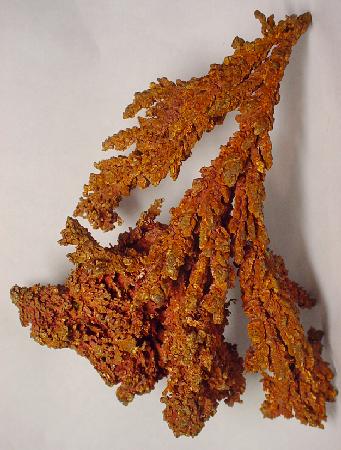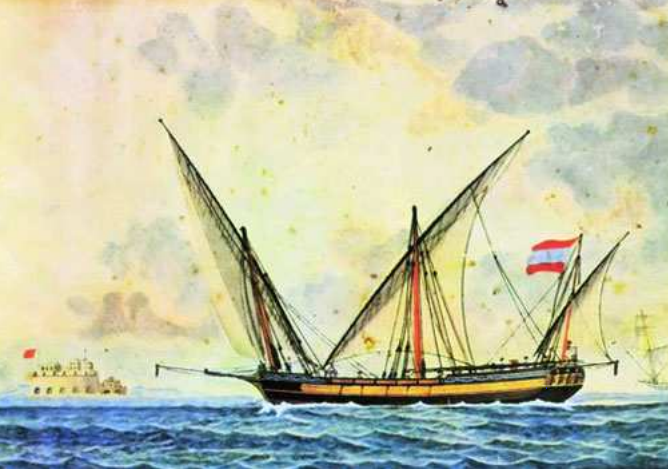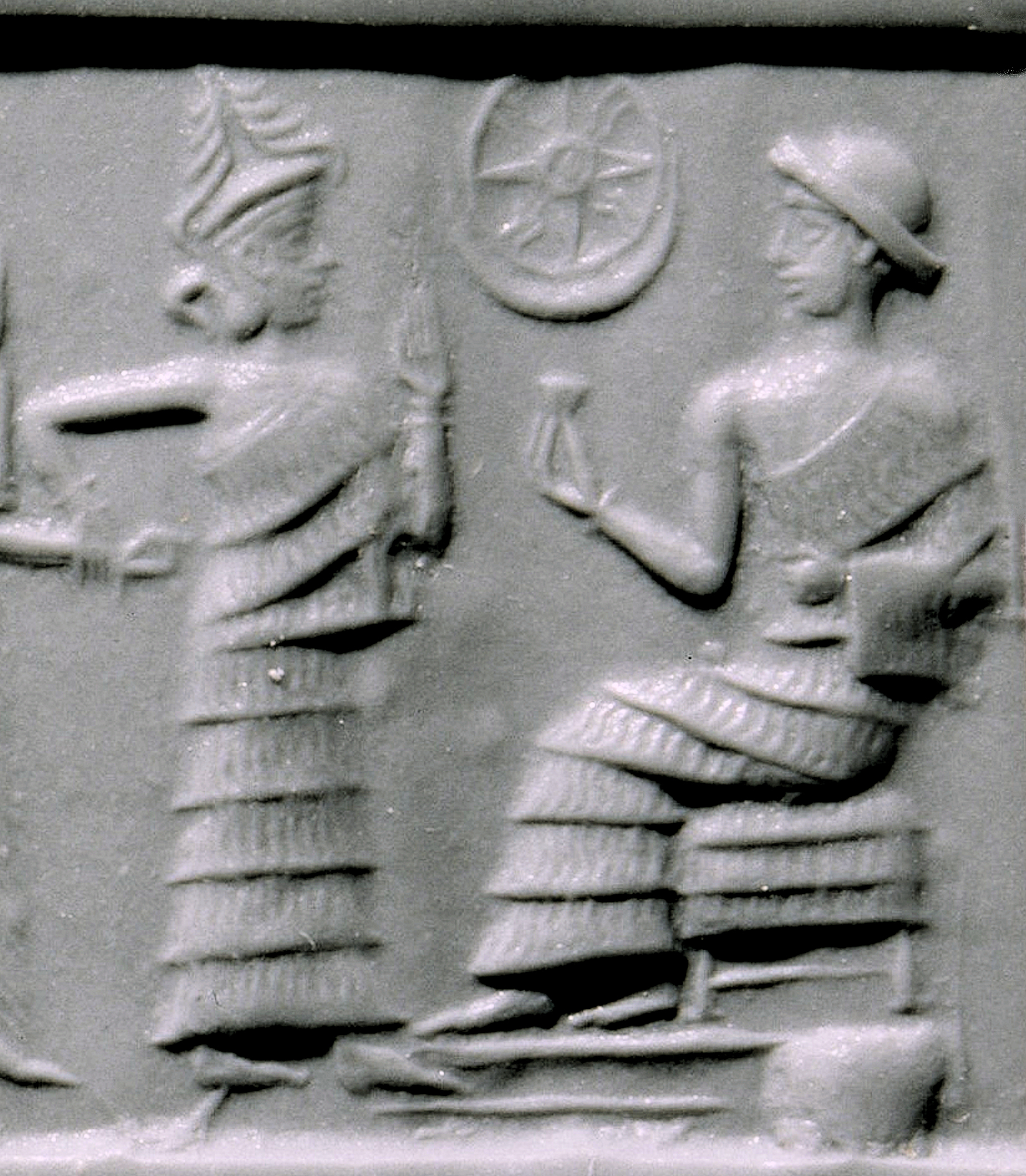|
Flag Of Cyprus
The flag of Cyprus (; ) came into use on 16 August 1960, under the Zürich and London Agreements, whereby a constitution was drafted and Cyprus was proclaimed an independent state. The flag was designed by Turkish Cypriot artist İsmet Güney. The design of the flag deliberately employs peaceful and neutral symbols in an attempt to indicate harmony between the Greek and Turkish Cypriot communities, an ideal that has not yet been realised. In 1963, Greek Cypriot and Turkish Cypriot communities separated because of Cypriot intercommunal violence. The national flag features the shape of the entirety of the island, with two olive branches below (a symbol of peace between the island's two communities) on white (another symbol of peace). The olive branches signify peace between the Greek and Turkish Cypriots. The map on the flag is a copper-orange colour, symbolising the large deposits of copper ore on the island, from which it may have received its name. Creation The flag of the ... [...More Info...] [...Related Items...] OR: [Wikipedia] [Google] [Baidu] |
Copper (color)
Copper is a reddish brown color that resembles the metal copper. The first recorded use of ''copper'' as a color name in English language, English was in 1594. Variations of copper Pale copper At right is displayed pale tone of copper that is called ''copper'' in Crayola crayons. This color was formulated by Crayola in 1903. Copper red At right is displayed the color copper red. The first recorded use of ''copper red'' as a color name in English language, English was in 1590. Copper penny At right is displayed the color copper penny. ''Copper penny'' is one of the colors in the special set of metallic Crayola crayons called List of Crayola crayon colors#Silver Swirls, Silver Swirls, the colors of which were formulated by Crayola in 1990. Copper rose At right is displayed the color copper rose. The first recorded use of ''copper rose'' as a color name in English language, English was in 1928. Copper in nature Plants * The copper-colored restrepia, Copper- ... [...More Info...] [...Related Items...] OR: [Wikipedia] [Google] [Baidu] |
Constitution Of Cyprus
The Constitution of Cyprus is a document, ratified on August 16, 1960, that serves as the Supreme Law of the Republic of Cyprus (Suprema Lex Cypri) defining the system of government of the Cypriot Republic and the civil liberties for the Cypriot citizens. Cyprus, Cypriot government. It was drafted after the country won its independence in 1959 and is Cyprus's first and only constitution to date. The Constitution of the Republic of Cyprus has been in force for and it has been amended 18 (eighteen) times and 28 Articles of the 199 were modified since 1960. The 18th Amendment concerned Article 111. The Constitution of Cyprus establishes a bicommunal unitary Republic with partial communal autonomy and a Presidential system of government with a Greek-Cypriot President and a Turkish-Cypriot Vice-President, both with extensive veto powers as a means to safeguard the rights of their respective communities. The constitution put methods in place to protect Turkish Cypriots, due to the r ... [...More Info...] [...Related Items...] OR: [Wikipedia] [Google] [Baidu] |
CMYK
The CMYK color model (also known as process color, or four color) is a subtractive color model, based on the CMY color model, used in color printing, and is also used to describe the printing process itself. The abbreviation ''CMYK'' refers to the four ink plates used: cyan, magenta, yellow, and key (most often black). The CMYK model works by partially or entirely masking colors on a lighter, usually white, background. The ink reduces the light that would otherwise be reflected. Such a model is called ''subtractive'', as inks ''subtract'' some colors from white light; in the CMY model, white light minus red leaves cyan, white light minus green leaves magenta, and white light minus blue leaves yellow. In additive color models, such as RGB, white is the ''additive'' combination of all primary colored lights, and black is the absence of light. In the CMYK model, it is the opposite: white is the natural color of the paper or other background, and black results from a ful ... [...More Info...] [...Related Items...] OR: [Wikipedia] [Google] [Baidu] |
Northern Cyprus
Northern Cyprus, officially the Turkish Republic of Northern Cyprus (TRNC), is a ''de facto'' state that comprises the northeastern portion of the Geography of Cyprus, island of Cyprus. It is List of states with limited recognition, recognised only by Turkey, and its territory is considered by all other states to be part of the Cyprus, Republic of Cyprus. Northern Cyprus extends from Cape Apostolos Andreas, the tip of the Karpass Peninsula in the northeast to Morphou Bay, Cape Kormakitis and its westernmost point, the Kokkina exclave in the west. Its southernmost point is the village of Louroujina. A United Nations Buffer Zone in Cyprus, buffer zone under the control of the United Nations stretches between Northern Cyprus and the rest of the island and divides Nicosia, the island's largest city and capital of both sides. A 1974 Cypriot coup d'état, coup d'état in 1974, performed as part of an attempt to annex the island to Greek military junta of 1967–1974, Greece, prompt ... [...More Info...] [...Related Items...] OR: [Wikipedia] [Google] [Baidu] |
Turkish Invasion Of Cyprus
The Turkish invasion of Cyprus began on 20 July 1974 and progressed in two phases over the following month. Taking place upon a background of Cypriot intercommunal violence, intercommunal violence between Greek Cypriots, Greek and Turkish Cypriots, and in response to a 1974 Cypriot coup d'état, Greek junta-sponsored Cypriot coup d'état five days earlier, it led to the Turkish Military occupation, capture and occupation of the northern part of the island. The coup was ordered by the Greek junta, military junta in Greece and staged by the Cypriot National Guard in conjunction with EOKA B. It deposed the Cypriot president Archbishop Makarios III and installed Nikos Sampson. The aim of the coup was the Enosis, union (''enosis'') of Cyprus with Greece, and the Hellenic Republic of Cyprus to be declared. The Battle of Pentemili beachhead, Turkish forces landed in Cyprus on 20 July and captured 3% of the island before a ceasefire was declared. The Greek military junta collapsed a ... [...More Info...] [...Related Items...] OR: [Wikipedia] [Google] [Baidu] |
Turkish Flag
The national flag of Turkey, officially the Turkish flag (), is a red flag featuring a white crescent and star on its emblem, based on the 18th-century Ottoman Empire flag. The flag is often called "the red flag" (), and is referred to as "the red banner" () in the Turkish national anthem. The measures, geometric proportions, and exact tone of red of the flag of Turkey were legally standardized with the Turkish Flag Law on 29 May 1936. History The star and crescent design appears on Ottoman flags beginning in the late 18th or early 19th century. The white star and crescent moon on red as the flag of the Ottoman Empire were introduced in 1844. After the declaration of the Republic of Turkey in 1923, the new administrative regime maintained the last flag of the Ottoman Empire. Proportional standardizations were introduced in the Turkish Flag Law of 1936. Legal basis Fundamentals of the Turkish flag were laid down by Turkish Flag Law No. 2994 on 29 May 1936 during the Repu ... [...More Info...] [...Related Items...] OR: [Wikipedia] [Google] [Baidu] |
Greek Flag
The national flag of Greece, popularly referred to as the Blue-and-White (, ) or the Cyan-and-White (, ), is officially recognised by Greece as one of its national symbols and has 5 equal horizontal stripes of blue alternating with white. There is a blue canton in the upper hoist-side corner bearing a white cross; the cross symbolises Eastern Orthodox Christianity. The blazon of the flag is azure, four bars argent; on a canton of the field a Greek cross throughout of the second. The official flag ratio is 2:3."Σημαία", from the site of the Presidency of the Hellenic Republic The shade of blue used in the flag has varied throughout its history, from light blue to dark blue, the latte ... [...More Info...] [...Related Items...] OR: [Wikipedia] [Google] [Baidu] |
Bundesarchiv B 145 Bild-F013050-0001, München, Staatsbesuch Präsident Von Zypern
The German Federal Archives or Bundesarchiv (BArch) (, lit. "Federal Archive") are the national archives of Germany. They were established at the current location in Koblenz in 1952. They are subordinated to the Federal Commissioner for Culture and the Media (Claudia Roth since 2021) under the German Chancellery, and before 1998, to the Federal Ministry of the Interior. On 6 December 2008, the Archives donated 100,000 photos to the public, by making them accessible via Wikimedia Commons. History The federal archive for institutions and authorities in Germany, the first precursor to the present-day Federal Archives, was established in Potsdam, Brandenburg in 1919, a later date than in other European countries. This national archive documented German government dating from the founding of the North German Confederation in 1867. It also included material from the older German Confederation and the Imperial Chamber Court. The oldest documents in this collection dated back to the y ... [...More Info...] [...Related Items...] OR: [Wikipedia] [Google] [Baidu] |
Fazil Küçük
Fazil may refer to: Given name * Fazil (director) (born 1953), Indian filmmaker, producer and screenwriter * Köprülü Fazıl Ahmed Pasha (1635–1676), Ottoman grand vizier * Necip Fazıl Kısakürek (1904–1983), Turkish poet and activist * Fazıl Hüsnü Dağlarca (1914–2008), prolific Turkish poet * Fazil Iravani (1782–1885), second Sheikh ul-Islam of the Caucasus * Fazil Iskander (1929–2016), Abkhaz writer * Fazil Kaggwa (born 1995), Ugandan boxer * Fazıl Küçük (1906–1984), Turkish Cypriot Vice President of the Republic of Cyprus * Fazil Mammadov (born 1964), Azerbaijani politician * Fazil Marija (born 1985), Sri Lankan rugby union player *Fazil Mustafa (born 1965), Azerbaijani politician * Fazıl Önder (1926–1958), Turkish Cypriot journalist * Fazil Rahu (1935–1987), Pakistani politician * Fazıl Say (born 1970), Turkish pianist and composer Surname * Art Fazil, Singaporean musician * Enderûnlu Fâzıl (1757–1810), Ottoman poet * Irfan Fazil (born 1981) ... [...More Info...] [...Related Items...] OR: [Wikipedia] [Google] [Baidu] |
Makarios III
Makarios III (born Michael Christodoulou Mouskos; 13 August 1913 – 3 August 1977) was a Greek Cypriots, Greek Cypriot prelate and politician who served as Archbishop of the Church of Cyprus from 1950 to 1977 and as the first president of Cyprus between 1960 and July 1974, with a second term between December 1974 and 1977. He is widely regarded as the Father of the Nation, founding father or "Ethnarch" of the Cyprus, Republic of Cyprus, leading its transition from British Cyprus, British colonial rule. Early life, studies and Church career (1913–1950) Michael Christodoulou Mouskos was born in Panayia village in the Paphos District of Cyprus. In 1926, aged 13, he was admitted to Kykkos Monastery as a novice. At age 20 he was sent to the Pancyprian Gymnasium in Nicosia where he completed his secondary education in 1936. He studied theology and law at the University of Athens during World War II, graduating in 1942. He took up the duties of a priest in the Cypriot Orthodo ... [...More Info...] [...Related Items...] OR: [Wikipedia] [Google] [Baidu] |
Constitution Of Cyprus
The Constitution of Cyprus is a document, ratified on August 16, 1960, that serves as the Supreme Law of the Republic of Cyprus (Suprema Lex Cypri) defining the system of government of the Cypriot Republic and the civil liberties for the Cypriot citizens. Cyprus, Cypriot government. It was drafted after the country won its independence in 1959 and is Cyprus's first and only constitution to date. The Constitution of the Republic of Cyprus has been in force for and it has been amended 18 (eighteen) times and 28 Articles of the 199 were modified since 1960. The 18th Amendment concerned Article 111. The Constitution of Cyprus establishes a bicommunal unitary Republic with partial communal autonomy and a Presidential system of government with a Greek-Cypriot President and a Turkish-Cypriot Vice-President, both with extensive veto powers as a means to safeguard the rights of their respective communities. The constitution put methods in place to protect Turkish Cypriots, due to the r ... [...More Info...] [...Related Items...] OR: [Wikipedia] [Google] [Baidu] |
Star And Crescent
The conjoined representation of a star and a crescent is used in various historical contexts, including as a prominent symbol of the Ottoman Empire, and in contemporary times, as a national symbol by some countries, and by some Muslims as a symbol of Islam, while other Muslims reject it as an Islamic symbol. It was developed in the Greek colony of Byzantium ca. 300 BC, though it became more widely used as the royal emblem of Pontic king Mithridates VI Eupator after he incorporated Byzantium into his kingdom for a short period. During the 5th century, it was present in coins minted by the Persian Sassanian Empire; the symbol was represented in the coins minted across the empire throughout the Middle East for more than 400 years from the 3rd century until the fall of the Sassanians after the Muslim conquest of Persia in the 7th century. The conquering Muslim rulers kept the symbol in their coinage during the early years of the caliphate, as the coins were exact replicas of the S ... [...More Info...] [...Related Items...] OR: [Wikipedia] [Google] [Baidu] |





